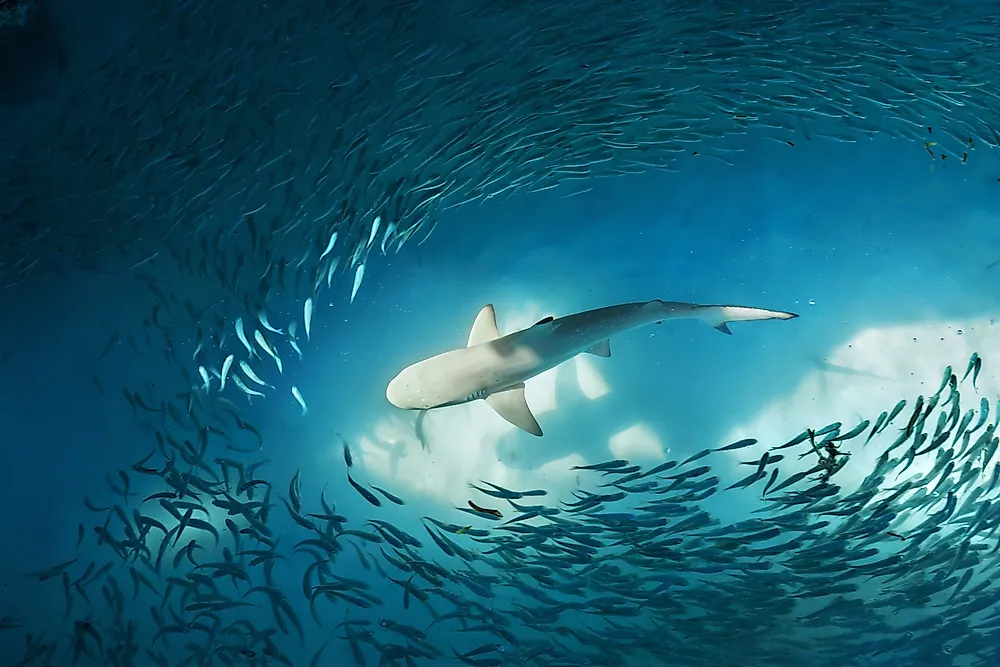Can Sharks Swim Backwards?

Sharks are a group of cartilaginous fish characterized by skeletons made from cartilage, a series of gill gashes on the sides of the head for breathing, multiple rows of saw-shaped teeth, and pectoral fins that are not fused to the head. Shark skin has a series of scales acting as the outer skeleton that enhances easy movement and helps in saving energy in water. Sharks are predators at the apex of the marine food chain and normally regulate the population of species below them. Most shark species are adjusted to living in an extensive range of aquatic habitats where some inhabit the deep seas and open oceans while others live in shallow coastal regions.
Why Can't Sharks Swim Backwards?
Like other marine species, sharks have a streamlined body that allows them to move at high speed. Some species, such as the white shark, propel themselves in water using their tails while others move their bodies side to side and use their fins for balance. The speed of their movement is contingent on the body shape which ranges from cruisers, wrigglers, generalists, floaters, undulators to flappers. Sharks use their tails to move forward by pushing water around their fins to initiate motion.
Although they have a streamlined body, sharks are the only fish species with limited capability to swimming backward. Sharks have pectoral fins which cannot curve upwards, limiting their swimming capability to forward movement. In the event a shark wishes to tilt backwards, it depends on gravity to fall rearward. Any backward movement by shark lets waters into their gills hence interfering with the respiratory process leading to death. This analogy has been applied by fishermen where they kill sharks by pulling them backwards toward the shore.











